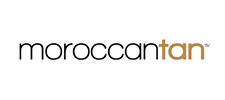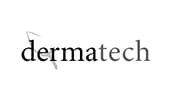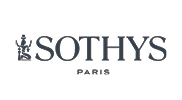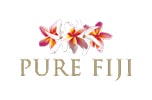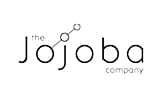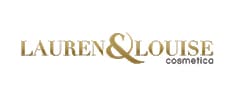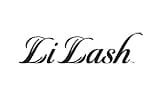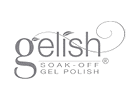What Is Collagen Induction Therapy?
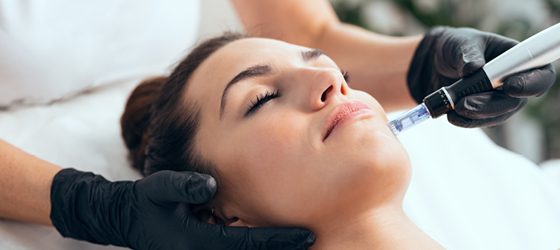
Collagen Induction Therapy (CIT), is a new minimally-invasive skin rejuvenation treatment designed to improve the appearance of fine lines and wrinkles as well as scars on the face and body.
The Collagen Induction Therapy treatment uses tiny needles on a medical-grade dermal pen that is moved over the skin to create tiny, evenly-spaced puncture wounds on the skin. Small needle clusters on a hand held device penetrate into the skin and break up old collagen strands and stimulate the production of elastin fibres oriented from the deep layers of the dermis to the surface.
The result is smoother, thicker, tighter, more even toned skin. This process stimulates the body’s natural collagen production by generating a “wound healing” response. The pen used is much like a fine tattooing needle, so should cause minimal trauma when creating the microscopic punctures in the skin. However, topical local anaesthetic is used to minimise discomfort. By wounding the skin you encourage the body to produce new collagen and elastin, which helps it thicken and ‘plump up’. The procedure can be performed on the face and body.
CIT does not damage the skin… it leaves the epidermis (which is the protective layer of our skin) intact.
Who is a Candidate?
Collagen Induction Therapy is suitable for all skin types, and ideal candidates are those who wish to improve skin laxity, smooth lines and wrinkles, slow the onset of the ageing process or improve the appearance of scarring from acne, also helps to strengthen weakened capillary walls that cause diffused redness (rosacea). You will need to wait for six month if you have been using any of the Accutane family.
During Treatment
Before a medical skin needling treatment, a topical anaesthetic is applied to minimise any discomfort. Then the device will follow a pattern of 3 passes over the skin to create evenly spaced puncture wounds. The length of the needles on the pen will vary depending on how deep into the skin the needles need to penetrate – generally, the deeper the penetration, the more dramatic results you will see. Treatment can take up to 60 minutes, depending on the area you are having treated.
Recovery
After Collagen Induction Therapy treatment, the client’s skin will usually be slightly pink -red. The downtime with this treatment is very quick and recovery is between 24-72 hours. A series of 3 -6 treatments is usually recommended to achieve maximum results and as the results rely on kick-starting the body’s own collagen production, it can take 4-8 weeks before you start to fully see the benefits. It is also often advised to use cosmeceutical grade skincare at home to enhance results.
Benefits
This minimally invasive skin rejuvenation treatment is designed to stimulate the body’s natural collagen production to improve the appearance of fine lines and wrinkles, acne scarring, rosacea, some pigmentation as well as scars on the body.
Advantages
- CIT stimulates your body’s own collagen production in the dermal layer which is where collagen resides and is formed
- Results are natural, not fake or plastic looking
- No foreign substances are injected
- Skin becomes thicker. Collagen and elastin increase up to 1000 percent
- Any part of the body may be treated
- The healing period is short (1-2 days)
- Less expensive and more effective than laser treatments
- Safe for people with darker skin, very low % of hyper-pigmentation (dark spots) risk
- Effective on pre and post-menopausal women
- Safe for individuals who have had laser resurfacing
- Changes may occur in dilated blood vessels that may cause them to disappear
- Use of topical numbing agents makes the procedure comfortable
What Are The Risks and Complications With Collagen Induction Therapy?
Risks and complications associated with this treatment are minimal but can include:
- Scab formation
- Flaking or dryness of the skin
- The appearance of white spots, known as milia
- The appearance of dark patches on the skin, known as hyper-pigmentation
- An outbreak of cold sores in previous suffers
- Any complications with this treatment are rare and can be easily resolved in most cases

